Scar: Understanding and Treating Your Marks for Glowing Skin
What is a Scar?
A scar represents the fibrous tissue that naturally forms during the skin’s healing process after an injury. This defense mechanism helps close the wound and protect the body from infections. However, this healing process often leaves a visible mark on the skin called a scar.
These marks can vary in appearance, texture, and color, ranging from very subtle to more pronounced. At M Rockland Clinic, we offer solutions tailored to each situation.
The unique Clinique M approach
Our specialized team treats scars with the latest technologies and bio-regenerative treatments to improve the texture, uniformity and quality of your skin.
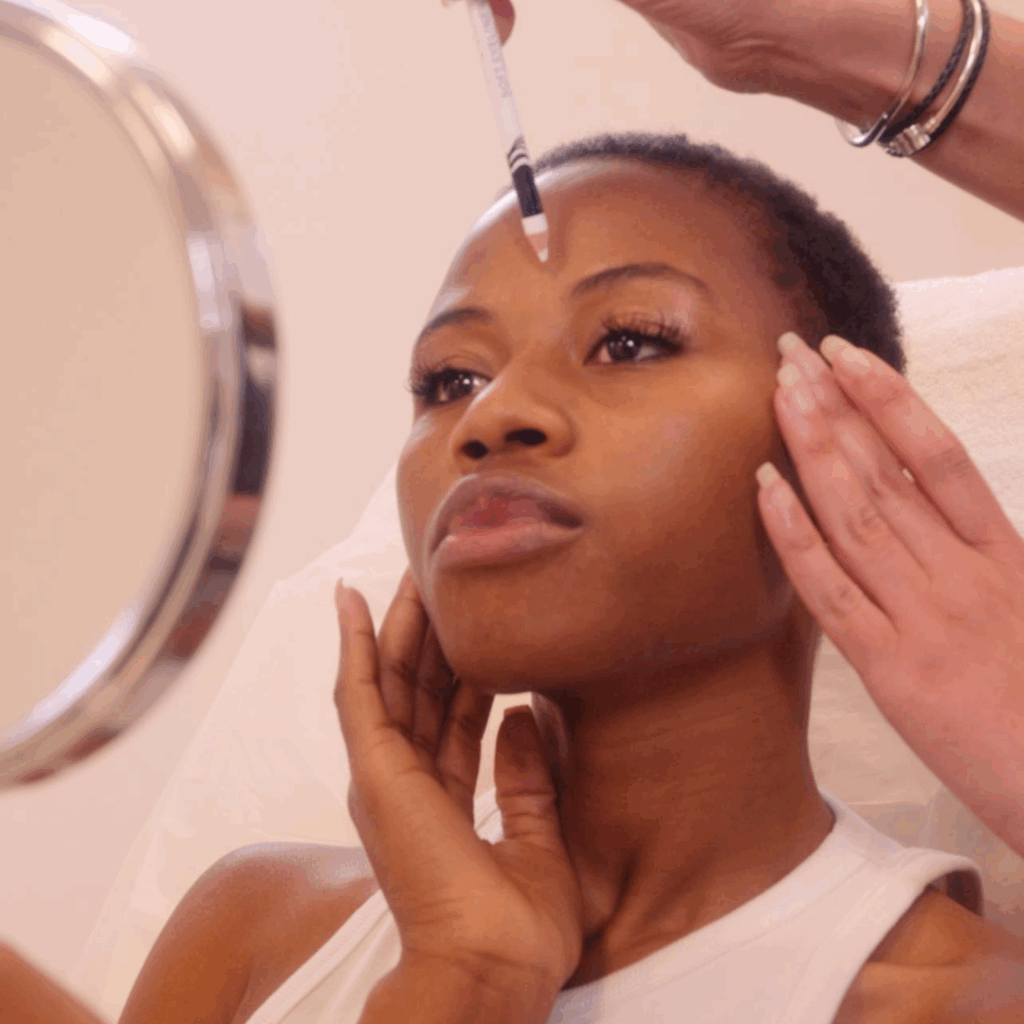
Different Types of Scars
Hypertrophic Scars
Hypertrophic scars are thick and raised compared to the surrounding skin. They often appear after surgery or an injury. Well-defined, they can benefit from various treatments depending on their nature and location.
Keloid Scars
Keloid scars extend beyond the edges of the initial wound and continue to grow even after the wound has closed. This type of scar requires specific interventions as it tends to recur.
Other Types of Scars
Atrophic Scars: Often caused by acne, depressions in the skin characterize these.
White Scars: Resulting from routine healing but visible, especially on the face and neck.
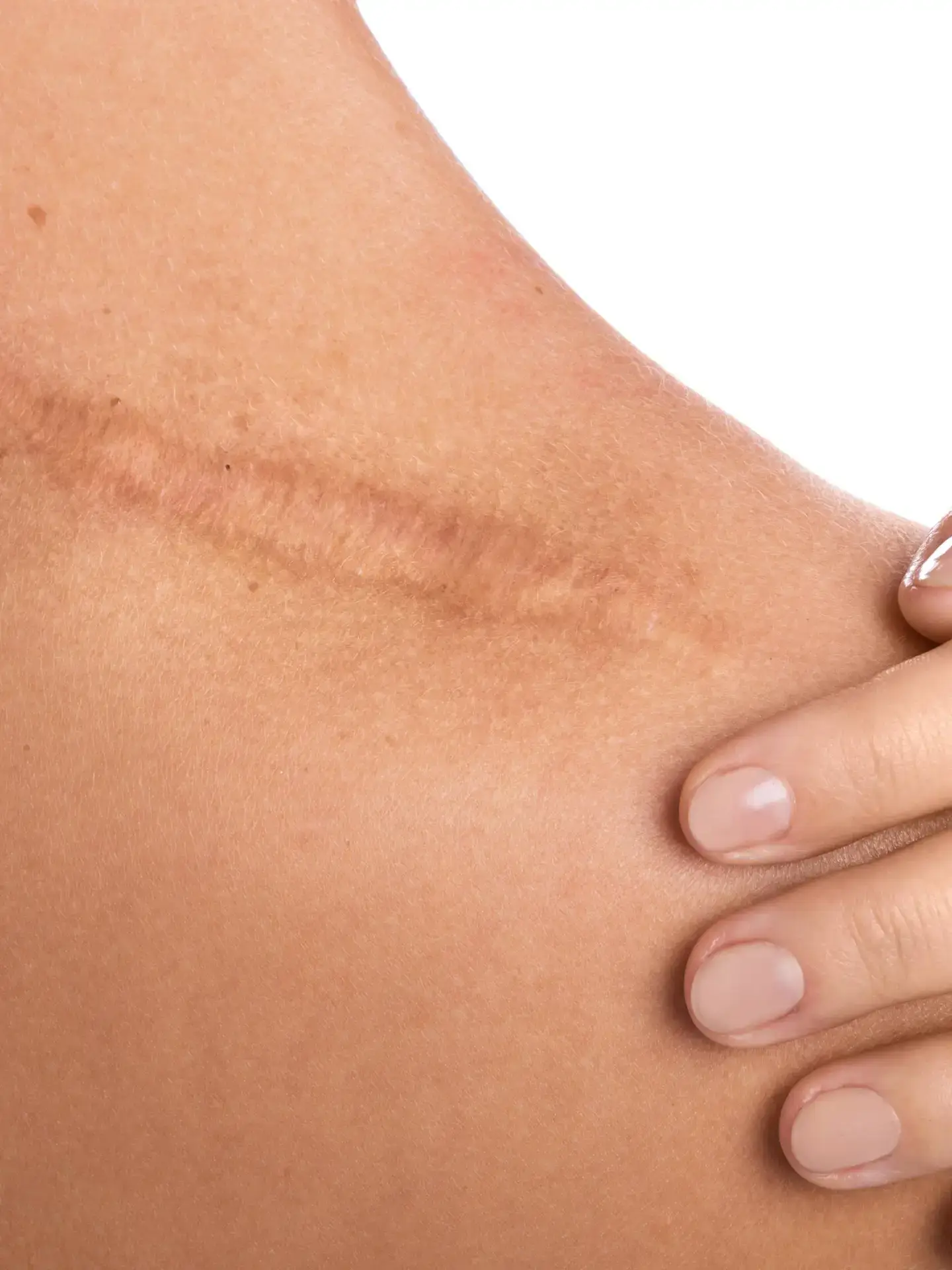
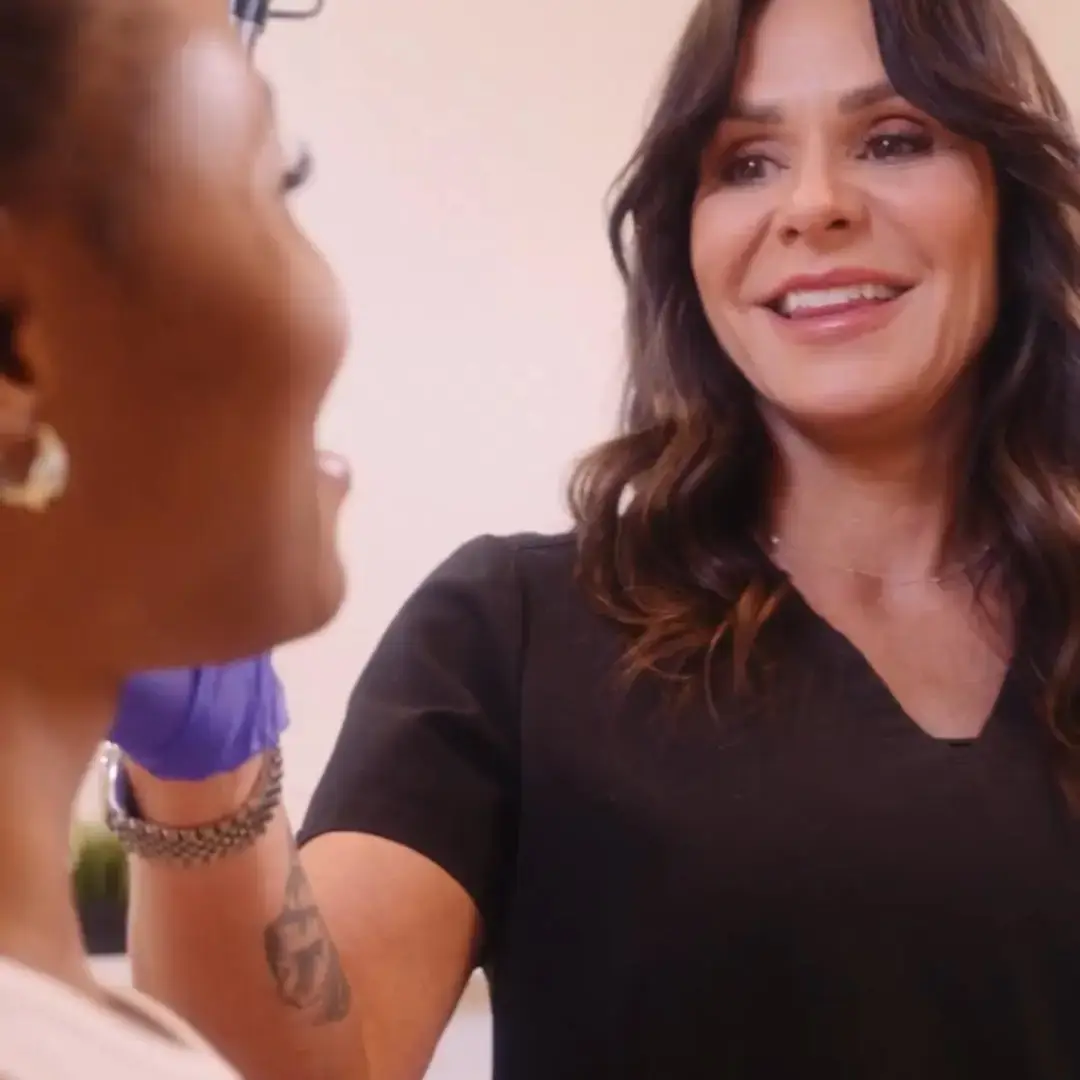
When Do Scars Occur?
Scars appear whenever the skin undergoes an injury, regardless of its origin. Several situations can lead to their formation, including:
- Accidental Trauma : A cut, scrape, or other unintentional injury can leave a scar.
- Surgical Procedures : Incisions made during medical surgeries naturally generate scars, although modern surgical techniques can reduce their visibility.
- Burns : Whether caused by thermal agents, chemicals, or even excessive exposure to UV rays, burns can leave lasting marks.
- Severe Acne : Chronic inflammation caused by severe acne can also leave traces in the form of scars.
The healing process is crucial for the survival and protection of the body, but it can sometimes result in excessive scar tissue production. This phenomenon, influenced by various factors, can alter the appearance of the skin and may require specific treatment.
The Causes of Scar Development
Several factors contribute to the formation and severity of scars. Here are some of the leading causes:
- Significant Physical Trauma : Deep or extensive wounds lead to more complex tissue repair and can result in more visible scars.
- Excessive Inflammatory Response : Excessive inflammation can stimulate the production of collagen in excess, leading to hypertrophic scars or the formation of keloids.
- Secondary Infections : An infection during the healing phase can worsen scar tissue formation and make the scar more pronounced.
- Genetic Predispositions : Some individuals have a hereditary tendency to develop thick or irregular scars due to their biological response.
- Poor Wound Care : Insufficient hygiene or improper handling of the injury can delay healing and negatively impact the quality of scarring.
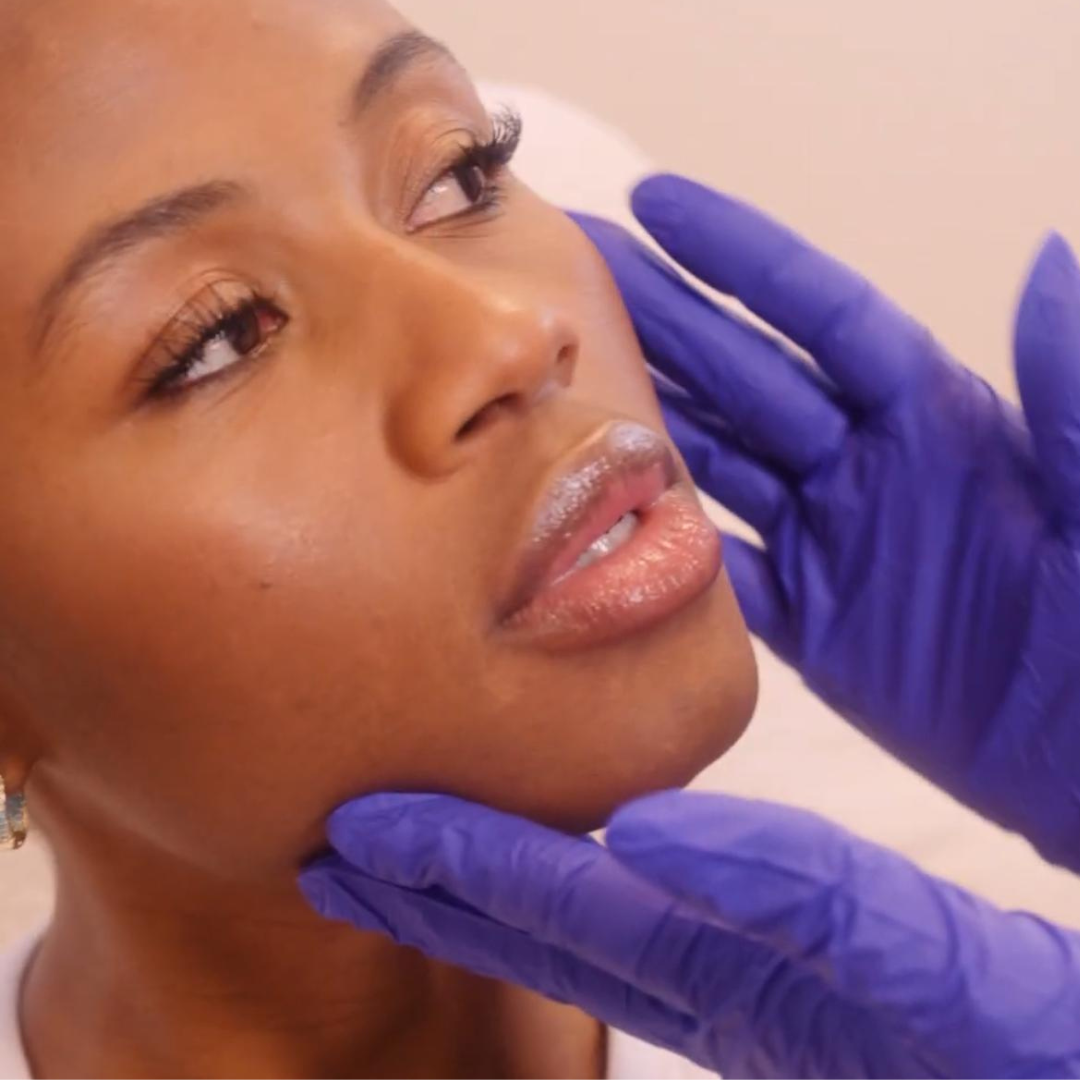
Scar: What Treatments ?
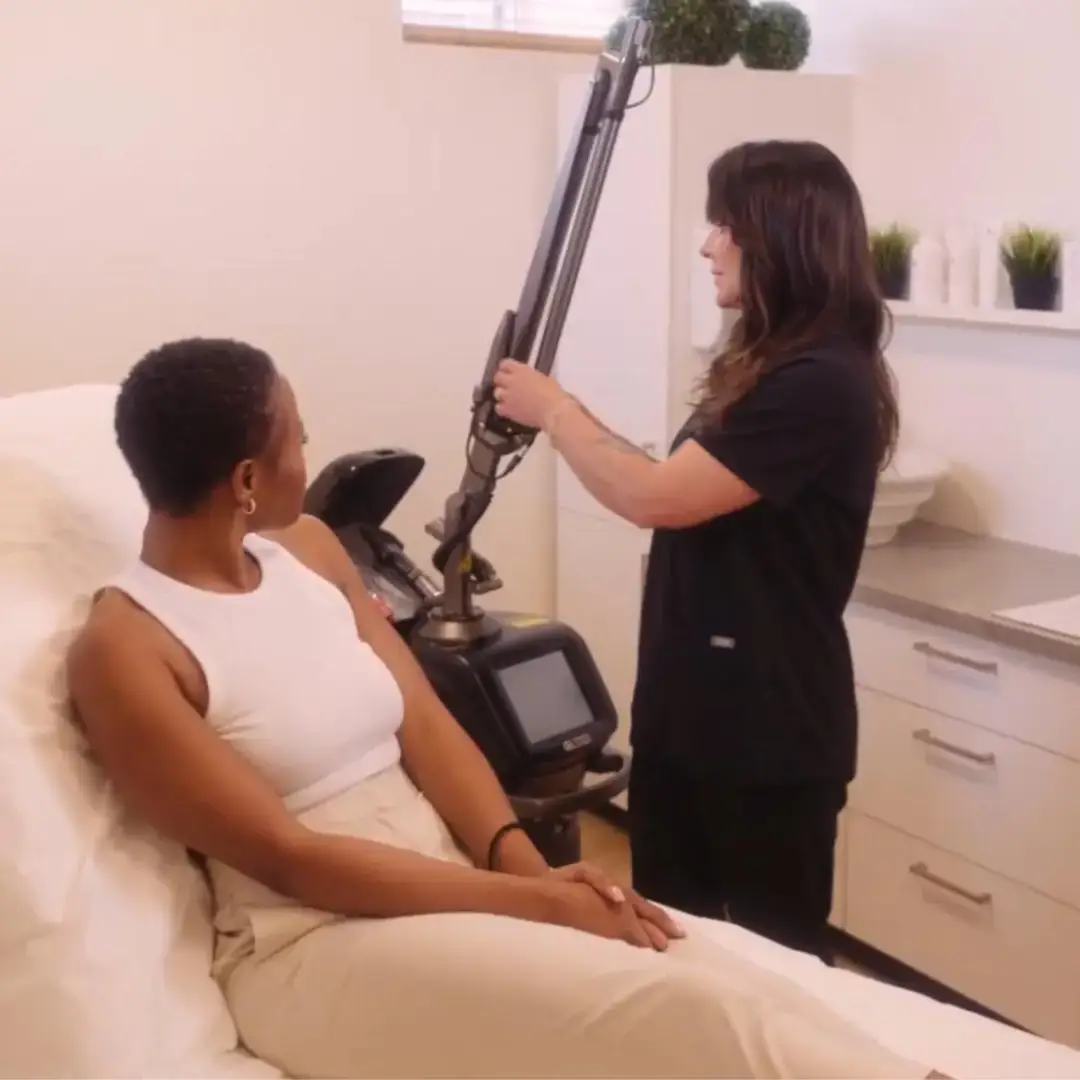
Invasive Treatments
Non-Invasive Scar Treatments
Free consultation
Invasive Treatments
The most profound or most difficult-to-treat scars often require invasive treatment.
Scar Revision Surgery
For very prominent scars, a surgical intervention may be considered to remove the scar tissue and reconstruct the affected area. This technique is often accompanied by complementary treatment to optimize the results.
Corticosteroid Injections
These injections reduce inflammation and flatten hypertrophic or keloid scars. They help modulate the inflammatory response and improve the appearance of the scar.
Non-Invasive Scar Treatments
For those who prefer to avoid heavy interventions, several non-invasive options can offer excellent results:
Silicone-based Creams and Gels
These products are renowned for their ability to hydrate and smooth the skin, which helps gradually reduce the appearance of scars.
Fractional Laser
This targeted treatment allows precise treatment of scarred areas while preserving the surrounding healthy skin. The fractional laser stimulates collagen production and helps even out the skin texture.
Light Chemical Peels
Professionals perform these peels, which gently exfoliate the skin to encourage cell renewal and reduce the visibility of scars.
Non-Surgical Microneedling
Using specific devices, this technique stimulates collagen production and improves skin texture without invasive intervention.
Ultrasonic Wave Therapy
These treatments use vibrations to stimulate blood circulation and promote cell regeneration, offering a gentle and effective solution to reduce the appearance of scars.
Radiofrequency Therapy
This method uses radio waves to deeply heat tissues, stimulating collagen remodeling and promoting better skin regeneration. At M Rockland, our advanced technology combines radiofrequency and microneedling to maximize results. It firms the skin, smooths wrinkles, reduces scars, and improves skin texture while stimulating natural regeneration.
FAQ
The visibility of a scar depends on the depth and extent of the injury, the body’s inflammatory response, the quality of wound care, and individual genetic factors.
The choice of treatment depends on the type and severity of the scar. Options range from topical care and specialized creams to invasive treatments such as fractional laser or revision surgery and non-invasive alternatives like microneedling or light chemical peels.
It is strongly recommended to consult a healthcare professional or aesthetic specialist to determine the most suitable treatment for your type of scar and your expectations while minimizing the risk of complications.
Non-invasive treatments can offer significant improvements, especially when combined with a good skincare routine and regular follow-up with a specialist. However, results may vary depending on the nature of the scar and individual response to treatment.
The duration depends on the treatment chosen and the nature of the scar. For example, silicone-based treatments typically require between 8 and 12 weeks to show visible results.
Yes, almost all types of scars can benefit from a specific treatment. However, it is essential to consult a specialist to determine the most appropriate method depending on the type and age of the scar.
Some scars, especially keloids, risk reappearing even after treatment. This is why medical follow-up is crucial to maintain the results achieved.
Your transformation starts here
Do not hesitate to contact us for a personalized consultation and to begin your transformation.
* Results may vary from person to person. We present, to the best of our knowledge, an average of the results obtained. No guarantee is offered. Our goal is to properly evaluate your profile so that you can make an informed decision.
Get a free consultation*
Consultation without obligation
Thousands of satisfied clients have trusted our medical-aesthetic clinic for over 15 years.
Thousands of satisfied customers

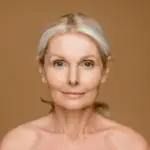


A trusted medical-aesthetic clinic for over 15 years.
⭐️⭐️⭐️⭐️⭐️ — 4.9/5 on Google
Our commitment
Response within 24 hours
Personalized treatment
Contact Us
Phone
(438) 601-4718
Our Address
233 Av. Dunbar, Mont-Royal, QC H3P 2H4, Canada

